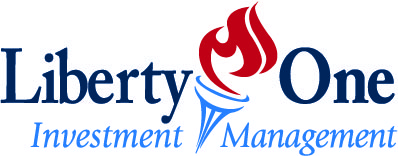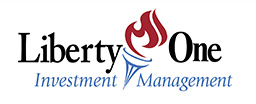Thank you for your continued trust and confidence. We would like to inform you that we recently made some changes to Liberty One’s Tactical Income Solution and Tactical Growth Solution portfolios. We sold Nestle AG (NSRGY) and replaced it with Lamb Weston Holdings (LW).
Nestlé’s Real Internal Growth (RIG), a crucial measure of underlying volume and mix improvements, has exhibited consistent underperformance. Since the peak of the inflationary environment in 2022, RIG has faltered across several product categories and geographic regions, with growth increasingly driven by pricing rather than genuine volume expansion. Nestlé’s margins have also come under significant pressure due to rising input costs and a challenging operating landscape. Gross margins, which historically averaged 49% from 2014 to 2021, have declined to 47% in the present day. This decline is compounded by rising advertising and distribution expenses, coupled with inefficiencies in optimizing supply chains amid persistent inflation. In competitive markets like North America, where food price inflation has peaked, Nestlé faces the challenge of retaining customers while preserving margins, as lower-income consumers increasingly shift away from the company’s premium products. Leadership changes have further added to concerns about the company’s strategic direction. The removal of CEO Mark Schneider in Q3 2024 followed criticism of his focus on portfolio management, efficiency, and shareholder distribution, which came at the expense of product innovation. This has left Nestlé vulnerable to smaller, more agile competitors aggressively pursuing new market categories. Uncertainty surrounding the strategic direction of the new CEO only amplifies these challenges.
Lamb Weston is a leading global producer of frozen potato products with over 130 unique products and is the largest supplier in North America and second largest globally, recognized for its dominant position in the food service industry and strong relationships with quick service restaurants like McDonalds, Burger King, and Wendys. Per capita French fry consumption continues to grow, bolstered by menu innovations and expanding QSR demand. French fries continue to be the highest margin item on restaurant menus at 81% which offers ample upside for LW and their customers. Internationally, LW’s strategic consolidation of its European joint venture enhances its ability to optimize global supply chains and address demand in key markets. Moreover, its focus on premium offerings like coated fries, which are growing twice as fast as traditional fry demand, underscores its ability to capture higher-margin opportunities. Lamb Weston’s stock has struggled recently as a new ERP rollout temporarily disrupted the availability of customers to see inventory availability in distribution centers, leading to dampened sales and lost market share. LW has responded to these setbacks, and we do not see the issue having a long-term structural impact on the business going forward. Broader market dynamics favor LW recovery with large private label competitors at near full capacity, which positions LW to reclaim lost volumes as its operations stabilize. Even in developed markets, unit consumption is expected to grow in the 2-6% range while emerging markets are expecting around 6-9% growth.
Lamb Weston has a sustainable cost and yield advantage relative to competitors based on the location they source most of their potatoes from. The Columbia Basin sources 60% of North America production with another 20% coming strictly from Idaho, and the remaining 20% from Alberta and the upper Midwest. These regions provide greater yield given the soil content, steady irrigation from nearby rivers, and ideal weather conditions. Tough zoning restrictions in these regions are expected to limit new supply in the region, further solidifying LW’s supply chain prowess. The company’s investments in capacity expansion, innovation in value-added products like coated fries, and strategic cost-saving initiatives are set to enhance both revenue growth and margins. The current pullback in the stock, combined with attractive valuation metrics and sound market fundamentals compelled us to seize the opportunity in initiating a position in the company.


